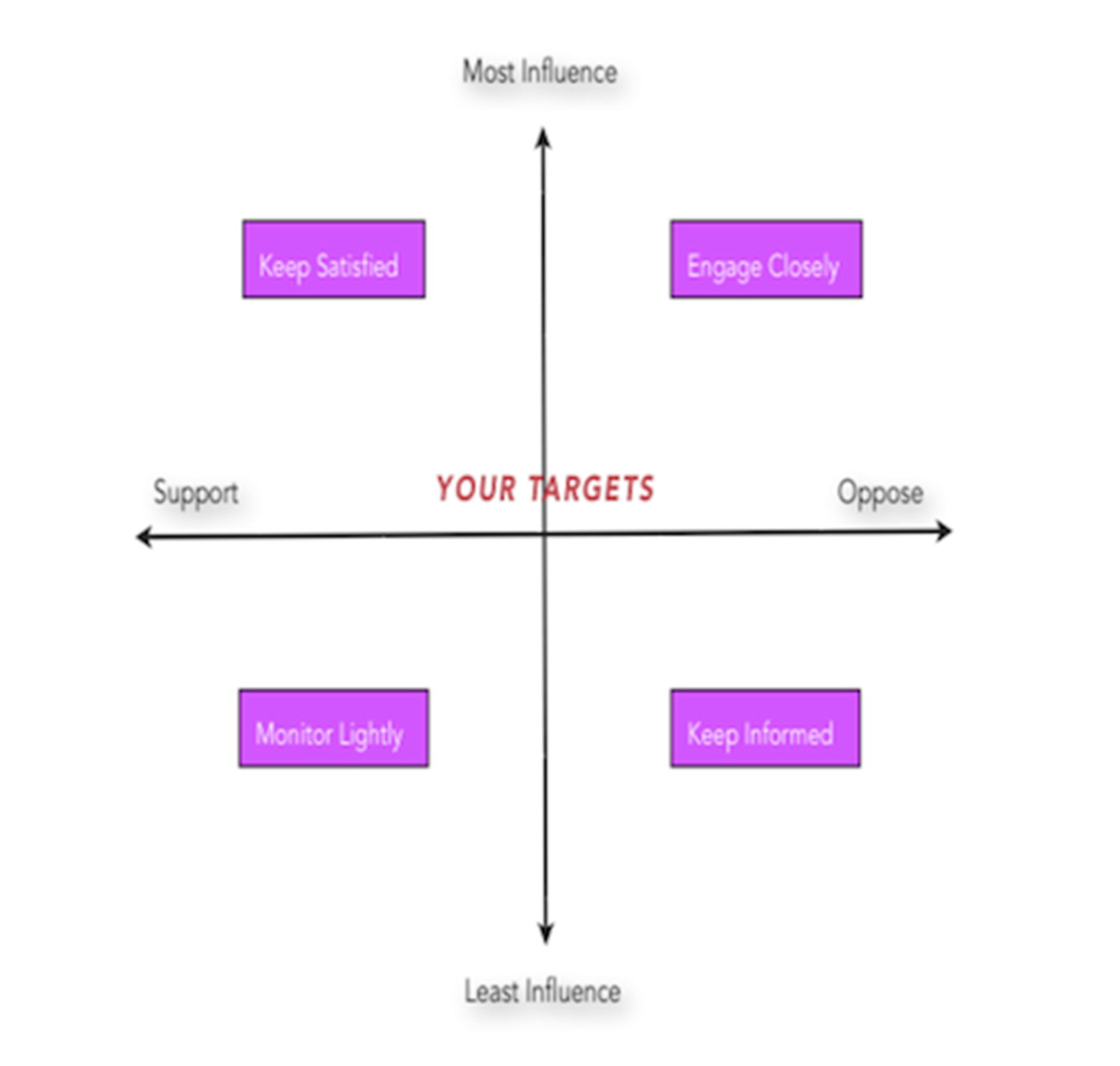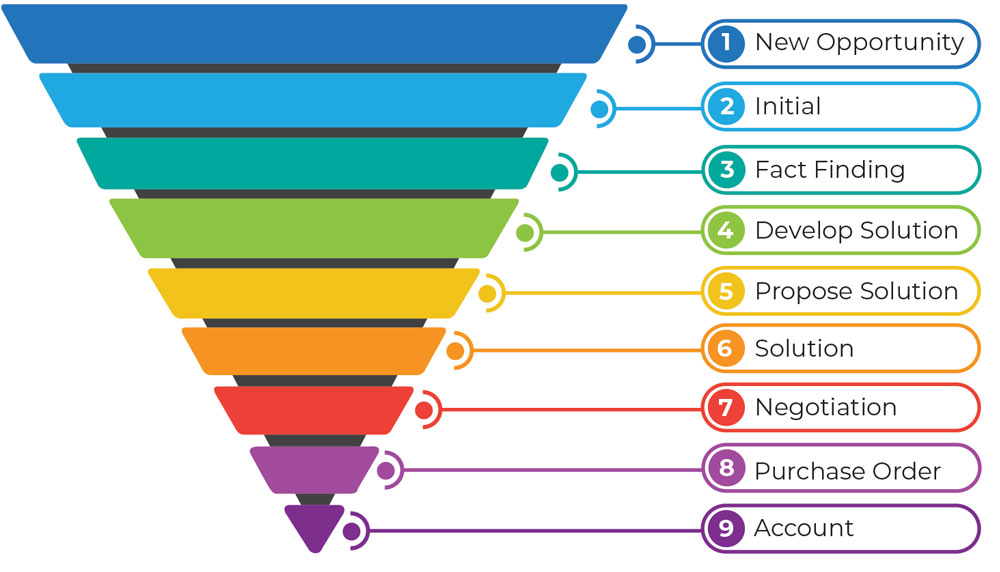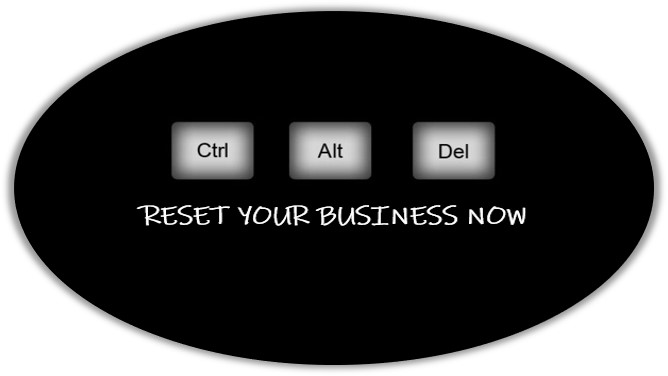Honestly, CRMs are great. They’re sleek, organised, and full of helpful features that let you log calls, track emails, and move deals through your pipeline. But when it comes to understanding the dynamics inside a client’s business? A CRM won’t cut it.
That’s where Power Mapping comes in.
If you’re relying solely on CRM notes and job titles to make sense of who matters in a buying decision, you’re flying blind. Because businesses aren’t just driven by neat org charts—they’re driven by people, and those people don’t always follow the formal chain of command. Power Mapping helps you uncover the invisible influence in the room—the politics, alliances, blockers, and champions that determine whether your deal gets the green light or buried in red tape.

CRMs Track Interactions—Power Mapping Reveals Influence
Here’s the first major difference: CRMs are interaction-focused. You log a call, tick off a meeting, update a status. Great. But Power Mapping is relationship-focused. It forces you to think beyond the tasks and look at who holds the real power.
For example, your CRM might tell you that you’ve had five meetings with the Procurement Manager. But Power Mapping might show that Procurement is just a box-ticker—and the real decision-maker is the Head of Operations, who listens closely to a senior engineer that never appears in your sales process.
When you map influence, you start seeing the unofficial hierarchies. The people who actually get listened to. The quiet objectors. The internal champions. And most importantly—the gatekeepers no one talks about.
Power Mapping Helps You Focus on the Right People
Every sales team has made this mistake – chasing the most responsive contact instead of the most influential one.
CRMs can’t warn you when you’re spending all your time with someone who has zero sway over the final decision. But Power Mapping? It forces that conversation.
It asks:
• Who’s in favour of this solution?
• Who’s against it—and why?
• Who influences the decision-maker?
• Who has political clout, even if they don’t have the title?
Armed with that map, your team stops wasting time on “talkers” and starts engaging the people who can actually move the deal forward.

It’s About Strategy, Not Admin
CRMs are good at administration. Power Mapping is all about strategy. A good Power Map doesn’t just sit in a file—it evolves with the account. It becomes a living, breathing strategy tool that shapes your approach. You can use it to:
• Tailor your messaging to different stakeholders
• Identify internal advocates who can build your case from within
• Pre-empt objections and political friction
• Plan multi-threaded engagement across the buying committee
That level of insight just doesn’t live in your CRM. And it never will—because CRMs aren’t built to capture office politics or human relationships. Power Mapping is.
Real Sales Professionals Know: It’s People That Win Deals
In B2B sales these days, deals are rarely won on product alone. They’re won by understanding how decisions actually get made. Power Mapping gives you a way to decode the hidden power structures and adjust your approach accordingly.
So, while your CRM might be telling you that everything’s on track, Power Mapping might be telling you, “You’re missing the person who’s going to kill this deal at the last minute.”
Which one would you rather listen to?

Want to learn how to power map like a pro?
At KONA, we help sales teams go beyond surface-level selling and build strategic, account-driven relationships that convert.
If your team needs the skills to uncover influence, engage key players, and close complex deals faster, get in touch with us today for tailored Sales Training that actually moves the needle.
Call 1300 611 288 or Email info@kona.com.au
Author – Garret Norris – https://www.linkedin.com/in/garretnorris/

















 10 years ago this week the 60-year-old inspiration climbed into the boxing ring with ex-Heavyweight Boxing Champion of Australia John Hopoate all in the name of raising funds for very worthy Breast Cancer patients.
Glenn also ran across the Sahara Dessert for the same cause, AND – completed the Hawaiian Ironman in KONA.
Oh, and did we mention earlier this year he became the world’s oldest CAGE FIGHTER?!
His physical stamina is nothing compared to his mental strength – Glenn has built an outstanding reputation as a Personal Mentor, helping individuals of all ages to achieve goals they never thought possible. He is a specialist Business, Health and Sport Mentor.
10 years ago this week the 60-year-old inspiration climbed into the boxing ring with ex-Heavyweight Boxing Champion of Australia John Hopoate all in the name of raising funds for very worthy Breast Cancer patients.
Glenn also ran across the Sahara Dessert for the same cause, AND – completed the Hawaiian Ironman in KONA.
Oh, and did we mention earlier this year he became the world’s oldest CAGE FIGHTER?!
His physical stamina is nothing compared to his mental strength – Glenn has built an outstanding reputation as a Personal Mentor, helping individuals of all ages to achieve goals they never thought possible. He is a specialist Business, Health and Sport Mentor.
 To learn how to RESET YOUR BUSINESS or book in your team’s MOTIVATIONAL SPEAKER, contact
To learn how to RESET YOUR BUSINESS or book in your team’s MOTIVATIONAL SPEAKER, contact









































































